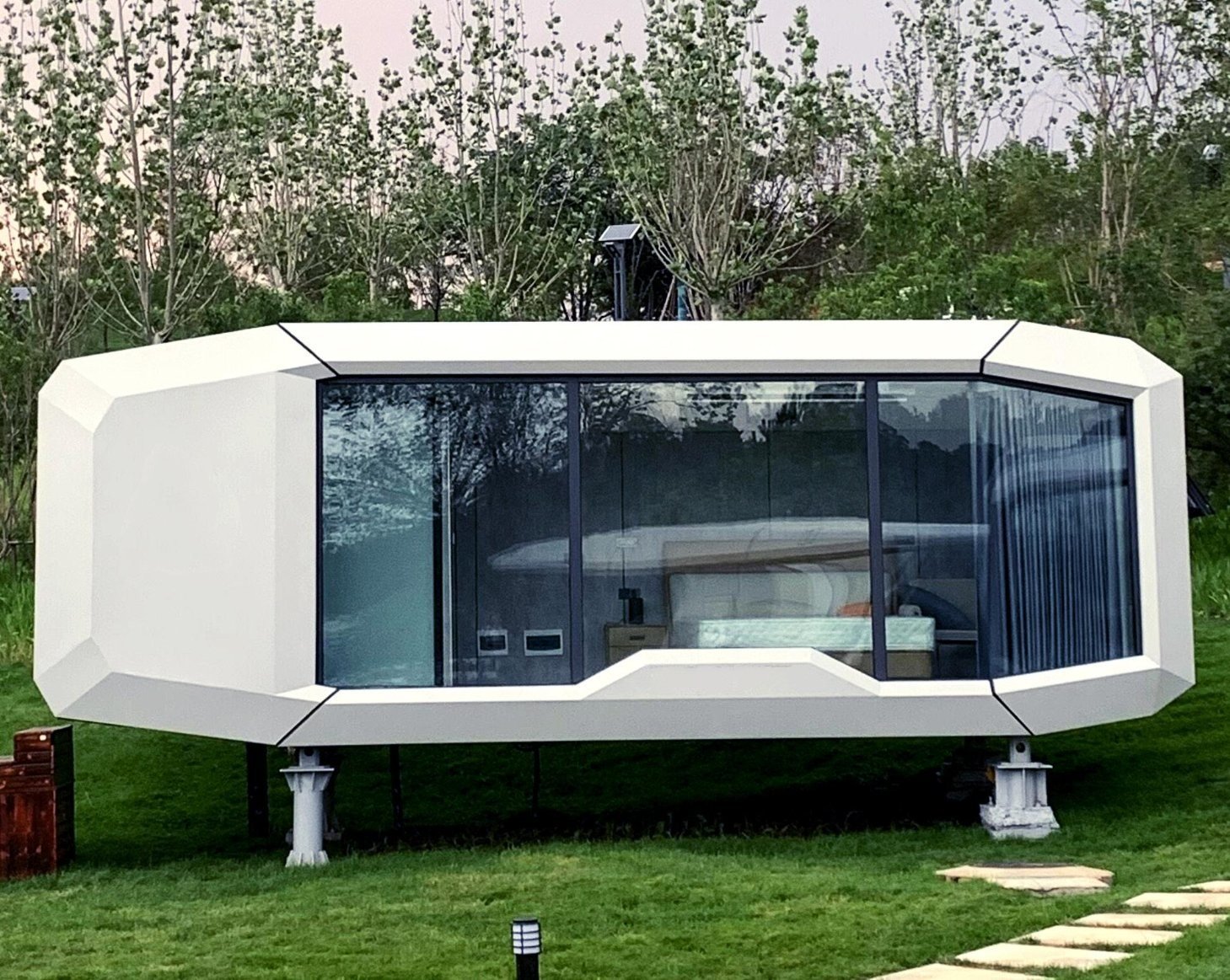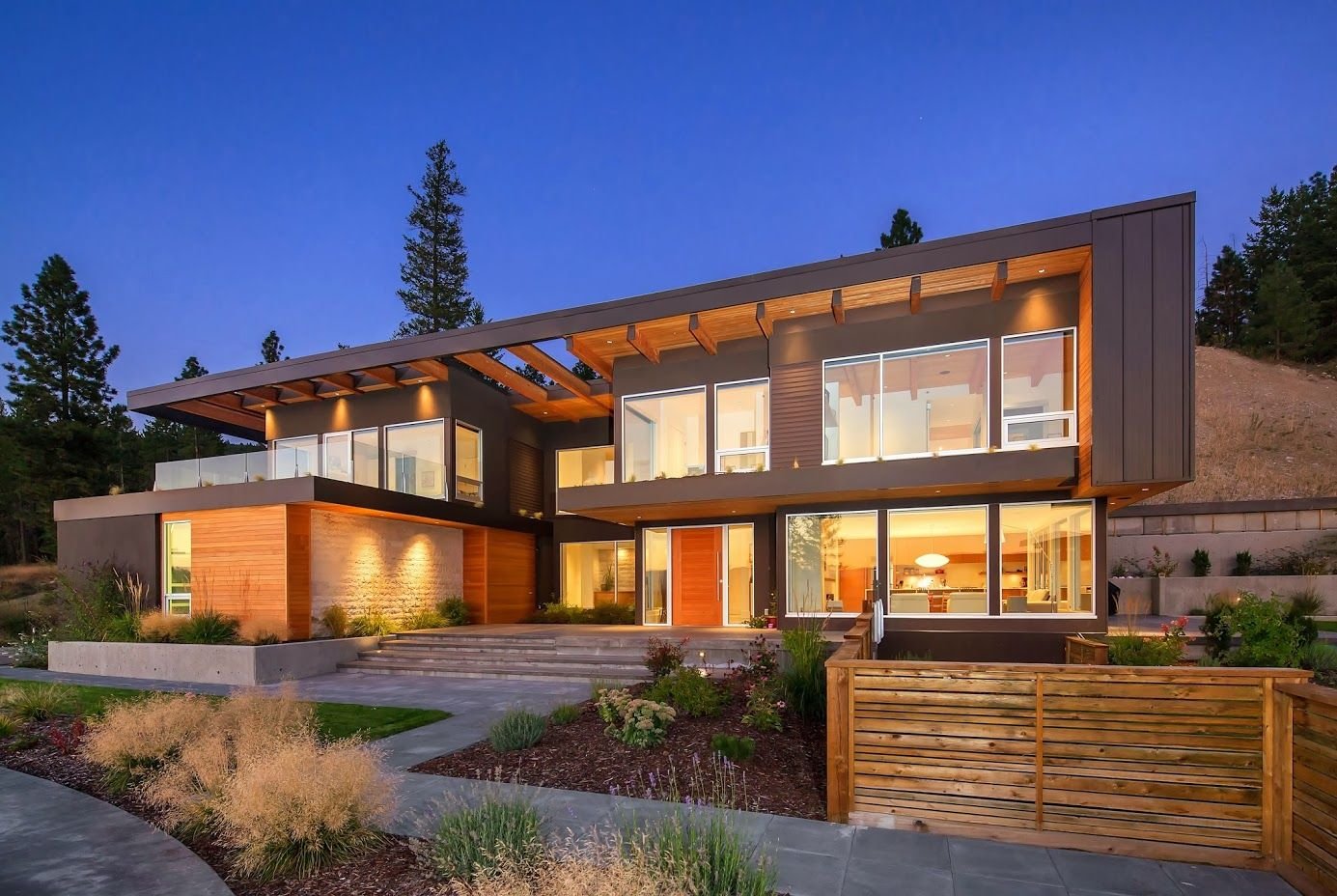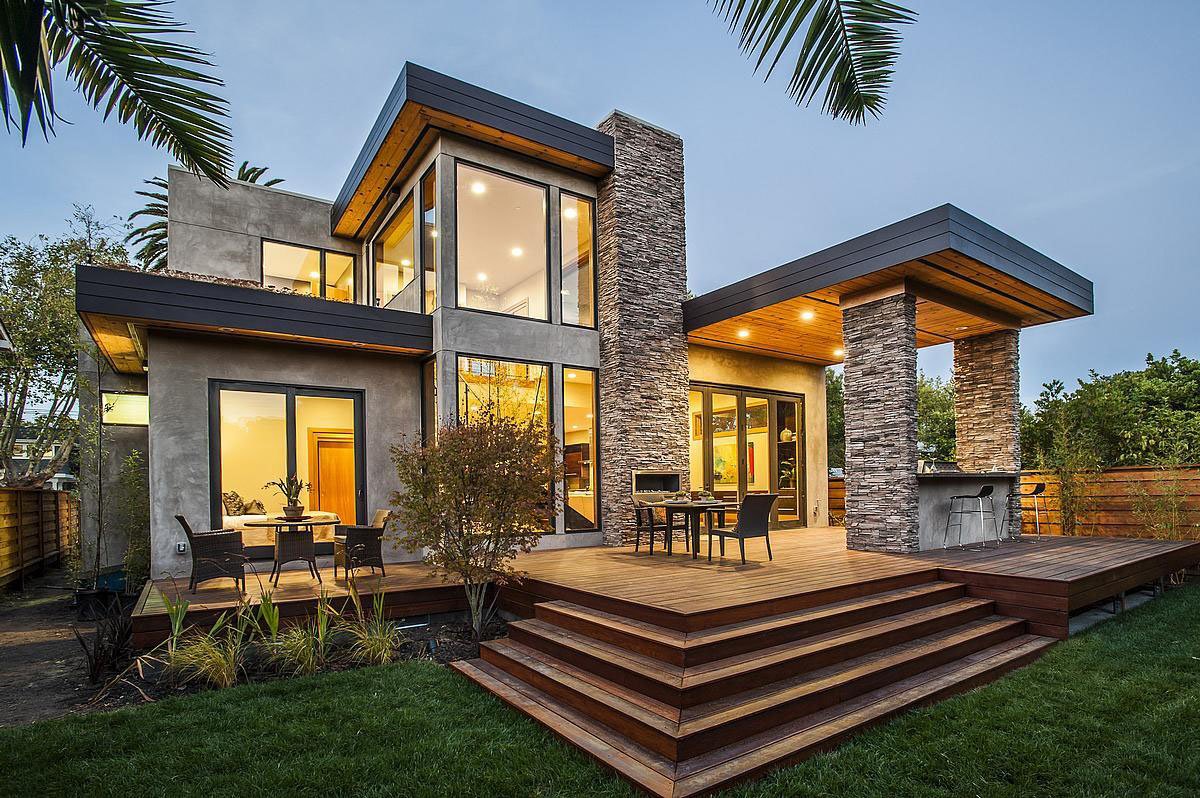Welcome to the realm of architectural ingenuity and bespoke living with “Building Dreams: Exclusive Insights into High End Prefab Homes.” In this exclusive guide, we delve into the world of cutting-edge prefab homes, where visionary designs and unparalleled craftsmanship redefine modern living experiences.
Key Takeaways:
- Energy Efficiency: Stillwater Dwellings specializes in energy-efficient prefab homes with LEED, Passive House, Energy Star, and net-zero energy certifications.
- Modern Design: The company offers sleek and contemporary architectural styles with clean lines and open floor plans.
- Smart Technology: Stillwater Dwellings incorporates cutting-edge smart home features such as wireless audio, smart lighting, motorized window coverings, and Nest thermostats.
- Customization: Stillwater Dwellings allows for customization of floor plans and finishes to suit individual preferences.
- Global Reach: The company delivers prefab homes worldwide, enabling clients to build their dream homes anywhere.
High End Prefab Homes

These homes combine luxury and sustainability, offering homeowners the best of both worlds. They’re built using advanced technology and premium materials, resulting in stunning designs and exceptional energy efficiency.
Advantages of High End Prefab Homes
- Customization: Prefab homes aren’t cookie-cutter designs. You can customize every aspect, from floor plans to finishes, to create your dream home.
- Sustainability: Prefab homes are eco-friendly. They’re often built with sustainable materials and designed to minimize environmental impact.
- Durability: Prefab homes are built to last. They’re constructed using high-quality materials and engineered to withstand the elements.
- Energy efficiency: Prefab homes are incredibly energy-efficient. They’re typically pre-insulated and use energy-efficient appliances and systems.
Choosing a High End Prefab Home
When choosing a prefab home, consider the following factors:
- Your needs: What size and style of home do you need? How many bedrooms and bathrooms do you want?
- Your budget: Prefab homes can range in price, so it’s important to set a budget before you start shopping.
- Your location: Not all prefab home companies deliver to all areas. Make sure to find a company that delivers to your location.
Stillwater Dwellings
Stillwater Dwellings is a leading provider of high end prefab homes. Their homes are known for their stunning designs, exceptional energy efficiency, and cutting-edge smart home technology.
If you’re considering a prefab home, be sure to check out Stillwater Dwellings. They offer a wide range of designs to choose from, and their team of experts can help you create the perfect home for your needs.
Stay tuned for the upcoming hgtv smart home 2023 winner announcement date for a chance to win a dream home in Santa Fe.
Explore the world of luxury living with our guide to high end manufactured homes and high end modular homes. Find your perfect match and upgrade your lifestyle today.
Disadvantages of Prefab Construction
Prefab homes, despite their allure, are not without drawbacks. Understanding these disadvantages is crucial before making a decision:
- Higher Cost: Prefab construction involves manufacturing, transportation, and assembly expenses, often driving up costs compared to traditional homes.
- Limited Customization: Prefab homes typically offer fewer customization options than site-built houses, limiting your ability to tailor the design to your preferences.
- Land, Zoning, Financing, and Utilities: Acquiring suitable land, navigating zoning restrictions, securing financing, and connecting utilities can present challenges unique to prefab construction.
- Durability and Quality Concerns: Prefab homes may face durability and quality concerns compared to traditional construction methods due to the inherent differences in assembly.
- Negative Perception and Stigma: Prefab homes sometimes carry a negative perception or stigma, potentially affecting their resale value.
Key Takeaways:
- Prefab construction can be more expensive than traditional methods.
- Customization options may be limited compared to site-built homes.
- Land acquisition, zoning restrictions, and financing can present challenges.
- Concerns about durability and quality exist compared to traditional construction.
- Negative perceptions and stigma may impact resale value.
Sources:
- Disadvantages of Prefab Homes
- Prefabricated Homes: Advantages and Disadvantages
Recent trends and innovations in prefab design and technology

Step inside the world of prefab homes, where innovation meets architectural brilliance. Prefabrication is no longer just a buzzword; it’s a game-changer that’s reshaping the way we live. Welcome to an era where homes are not just built, they are engineered with precision and style.
Sustainability at its Core
Prefab homes are leading the charge in sustainable living. With a focus on eco-friendly materials, energy-efficient systems, and reduced waste, these homes minimize their environmental footprint while providing a healthier living environment.
Technological Marvels
Virtual Reality Immersion: Gone are the days of blueprints and imagination. Now, you can don a VR headset and step into your virtual dream home before it’s even built.
3D Printing Revolution: Welcome to the frontier of construction, where homes are literally printed layer by layer. This technology not only speeds up the construction process but also allows for intricate designs and customization.
BIM (Building Information Modeling): Say goodbye to mismatched plans and costly errors. BIM is a digital representation of your home, ensuring seamless collaboration throughout the design and construction process.
Creative Flexibility
Prefab homes break the mold of traditional construction, offering unparalleled flexibility in design. Whether it’s a sprawling ranch-style home or a cozy cottage, the possibilities are endless. From sleek contemporary facades to rustic charm, there’s a prefab home to match every taste.
Cost-Effective Excellence
Contrary to popular belief, prefab homes are becoming increasingly affordable. By streamlining the manufacturing process and reducing on-site labor, builders can offer these homes at competitive prices. Plus, the durability and energy efficiency of prefab homes can translate into long-term savings.
Key Takeaways:
-
Prefab homes embrace sustainability, utilizing eco-friendly materials and energy-efficient systems.
-
Technological advancements like VR, 3D printing, and BIM enhance design precision and allow for greater customization.
-
Prefabrication offers incredible design flexibility, catering to diverse tastes and architectural styles.
-
While traditionally perceived as expensive, prefab homes are becoming more affordable due to optimized manufacturing processes.
-
The durability and energy efficiency of prefab homes result in long-term financial benefits.
Sources:
-
The Rise of Prefabricated Homes: Revolutionising the Housing Industry
-
These Prefabricated Homes Showcase the Beauty and Innovative of Sustainable Living
Factors to consider when buying a prefab home
Prefab homes offer a convenient, affordable, and sustainable housing option. However, there are some factors you should consider before buying one.
Key Takeaways:
- Budget: Prefab homes can be more expensive than traditional homes, so it’s important to set a budget before you start shopping.
- Size and style: Prefab homes come in a variety of sizes and styles, so choose one that meets your needs.
- Location: Prefab homes can be placed on any type of foundation, but they’re best suited for level lots.
- Customization: Prefab homes can be customized to some extent, but it’s important to keep in mind that changes will increase the cost.
- Delivery and installation: Prefab homes are delivered to your site and assembled, so you’ll need to factor in the cost of delivery and installation.
- Warranty: Prefab homes typically come with a limited warranty, so it’s important to read the warranty carefully before you buy.
Pros of Prefab Homes:
- Convenience: Prefab homes are built in a factory and then shipped to your site, which can save you time and money.
- Affordability: Prefab homes are often more affordable than traditional homes, as they can be built more quickly and efficiently.
- Sustainability: Prefab homes are built with high-quality materials and they’re often more energy-efficient than traditional homes.
Cons of Prefab Homes:
- Limited customization: Prefab homes are built in a factory, so you have less flexibility to customize them than you would with a traditional home.
- Delivery and installation costs: Prefab homes are delivered to your site and assembled, which can add to the cost of your home.
- Warranty: Prefab homes typically come with a limited warranty, so it’s important to read the warranty carefully before you buy.
Sources:
- Prefabricated Homes: Advantages and Disadvantages
- Prefabricated Homes: 5 Things to Consider Before Buying
FAQ
Q1: How are high-end prefab homes different from traditional homes?
A1: High-end prefab homes utilize advanced materials, innovative designs, and cutting-edge technology that deliver exceptional quality, energy efficiency, and aesthetic appeal while maintaining the advantages of off-site construction.
Q2: What are the advantages of choosing high-end prefab homes?
A2: High-end prefab homes offer an array of benefits, including faster construction times, precision engineering, reduced waste, enhanced durability, and the ability to incorporate sustainable features and smart home technologies.
Q3: Can high-end prefab homes be customized to meet specific preferences?
A3: Yes, many high-end prefab home builders offer customization options to cater to individual tastes and requirements, allowing for tailored designs that meet aesthetic, functional, and lifestyle needs.
Q4: Are high-end prefab homes as durable as traditional homes?
A4: High-end prefab homes are constructed with robust materials and advanced engineering techniques to ensure durability and longevity. They adhere to stringent building codes and undergo rigorous quality control processes to achieve exceptional performance standards.
Q5: What factors should be considered when choosing a high-end prefab home?
A5: Important factors to consider include the reputation and experience of the builder, the quality of materials used, the level of customization offered, energy efficiency ratings, smart home integration capabilities, and the overall design aesthetics that align with personal preferences.
- How to Get Mustard Out of Clothes: A Complete Guide - April 26, 2025
- How to Get Motor Oil Out of Clothes: Proven Methods & Step-by-Step Guide - April 25, 2025
- How to Get Mothball Smell Out of Clothes: A Complete Guide - April 25, 2025










